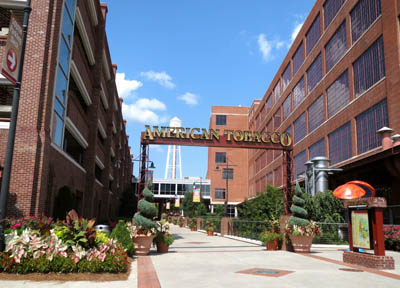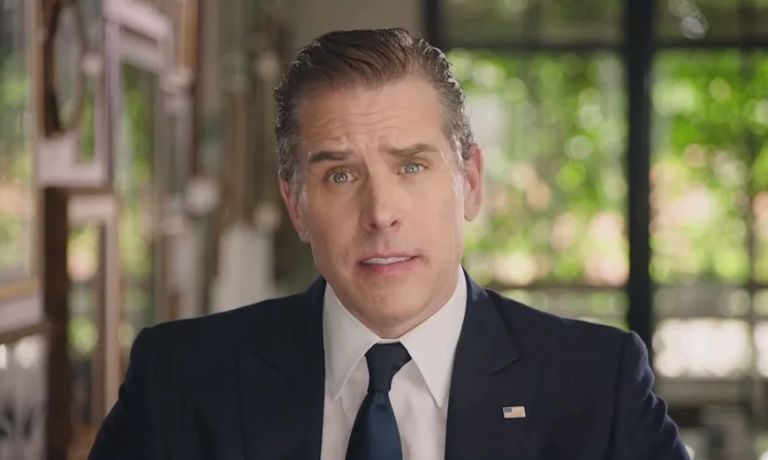 The Herald-Sun had a story the other day about how the renovation of the American Tobacco Campus could not have been accomplished without historic tax credits. The officials interviewed for the story, Mayor Bill Bell, Durham State Sen. Floyd McKissick, and former Downtown Durham Inc. President Bill Kalkhof say Durham was a “ghost town” before the tobacco plant was renovated, and that it likely still would be without the tax credits.
The Herald-Sun had a story the other day about how the renovation of the American Tobacco Campus could not have been accomplished without historic tax credits. The officials interviewed for the story, Mayor Bill Bell, Durham State Sen. Floyd McKissick, and former Downtown Durham Inc. President Bill Kalkhof say Durham was a “ghost town” before the tobacco plant was renovated, and that it likely still would be without the tax credits.
I beg to differ. It’s silly to discuss the “market forces” that made the renovation of American Tobacco possible without also discussing the Durham Bulls Athletic Park (which opened in 1995) and what it contributed, i.e., getting thousands of people used to coming downtown for a decade before American Tobacco reopened in 2004. The DBAP was the key to Durham’s renaissance, and we can thank not only Bulls owner Jim Goodmon, but the political courage of Mayor Harry Rodenhizer and Council Member Chuck Grubb for it. It is the sine qua non of Durham’s downtown business resurgence.
The “ghost town” analogy that Bell, McKissick, and Kalkhof use is simply inaccurate. It’s clear that the “market forces” had changed dramatically from 1995 to 2004 because of DBAP. Historic tax credits, then, may not have been — and probably didn’t need to be — a factor at all in the decision to renovate American Tobacco, but simply were taken advantage of since they were there for the taking.


